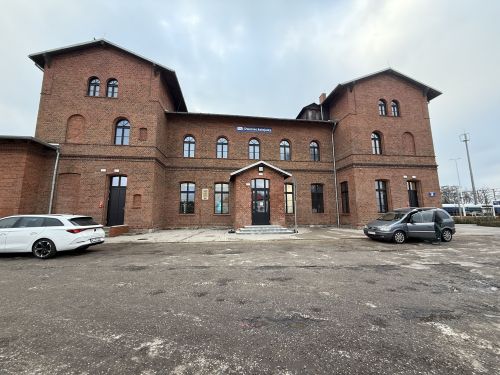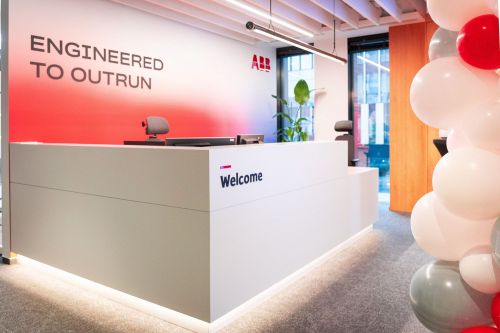Karuzela in Puławy, Mozaika in Krotoszyna and N-Park in Łany. These are just a few of the examples of retail parks that opened in the first few months of this year. Others are preparing to open and companies that specialise in this format are announcing more openings. “Over 2021, just like in the previous year, the interest from investors, developers and tenants continued unabated in retail parks and smaller convenience centres designed for quick everyday shopping,” reveals Paulina Brzeszkiewicz-Kuczyńska, the research and data manager at Avison Young. “Last year saw the biggest ever volume of retail park space coming onto the market, accounting for 40 pct of the total supply for the retail sector,” she adds. But is there still the room and need for such projects? As it turns out, there is. And small retail centres are continuing to boldly barge their way onto the market, undeterred by the pandemic or war in Ukraine.
Undiminished strength
Dorota Beltrani































































